Your final assignment of the term has been handed in, Christmas parties are in full swing and you’re starting to think that you really must buy some presents. It is definitely a time to be winding down. You settle down on the sofa to watch some good old, cheesy Christmas T.V. but then up pops Macaulay Culkin and you suddenly want to scream with him! You have a sudden realisation that despite being lulled into a false sense of security, exams are just around the corner and Semester 1 still hasn’t finished yet…….Arghhhhhhhhhhhhhhhhhhhhhhh! But don’t panic, your trusty librarians are here to help!
Now, we are not suggesting for one moment that you shouldn’t be taking some time out for some ‘r and r’ (you definitely should), but when you’re ready to get back into study mode, just remember that:-
- Our library buildings are still open if you want to come in and get away from all the Christmas madness. Check out our opening times here.
- If you’re away from Newcastle this Christmas or just want to hibernate at home in your favourite pyjamas (I mean who doesn’t want to at this time of year?!), then you can make use of all our online resources. Check out Library Search and your specific subject guide for access to books, eBooks, journal articles and more.
- We have exam and revision advice. Why not explore the ASK website or take a look at some relevant resources in the ‘study skills’ sections of our libraries?
- And last but not least, remember that we are here to help! You can contact us 24/7 via Library Help or alternatively browse the hundreds of frequently asked questions, which you can access anytime, anywhere.
So, enjoy Christmas, put your feet up and then when you’re ready, remember you don’t need to be home alone! We are here to help!
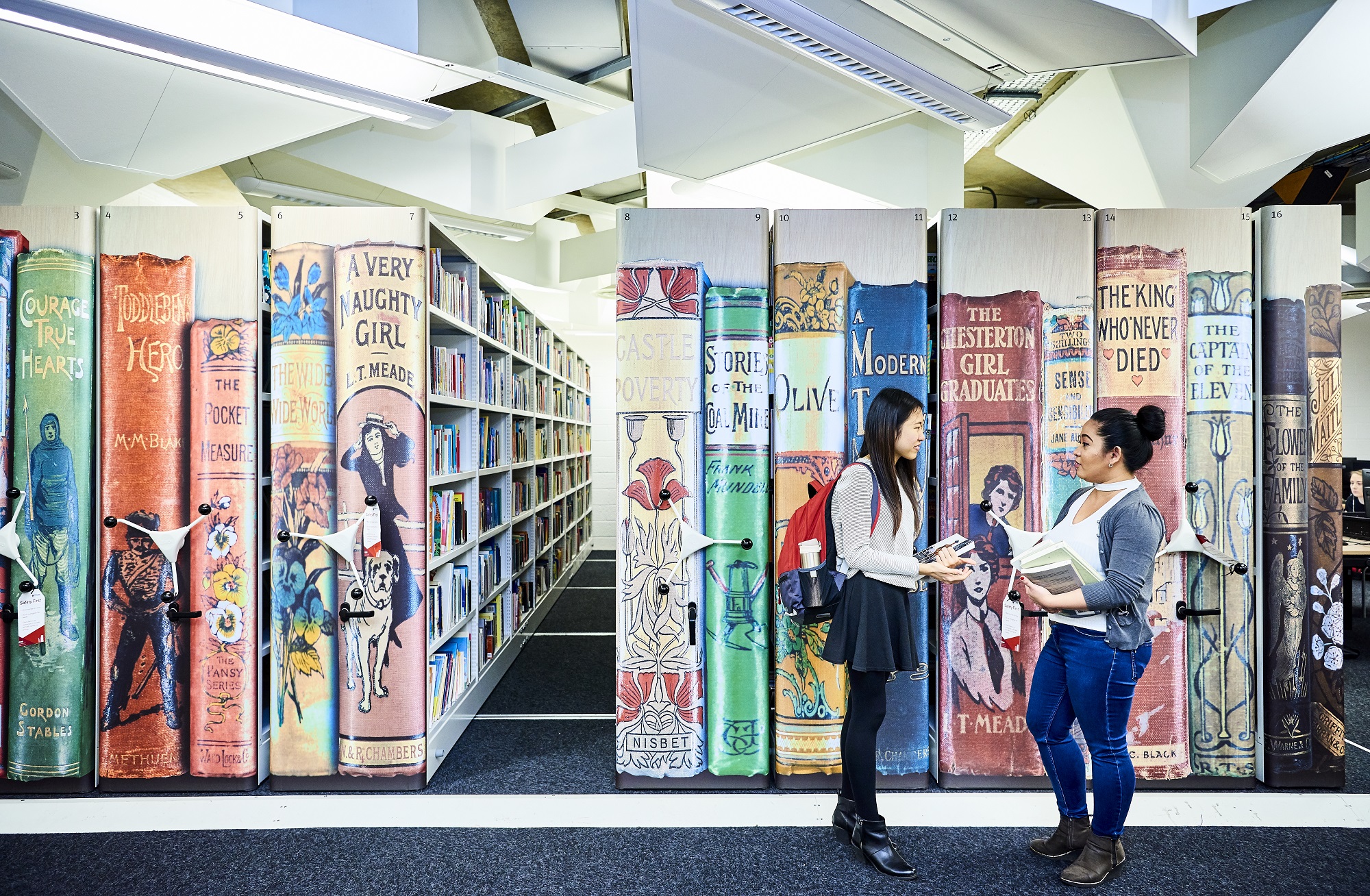
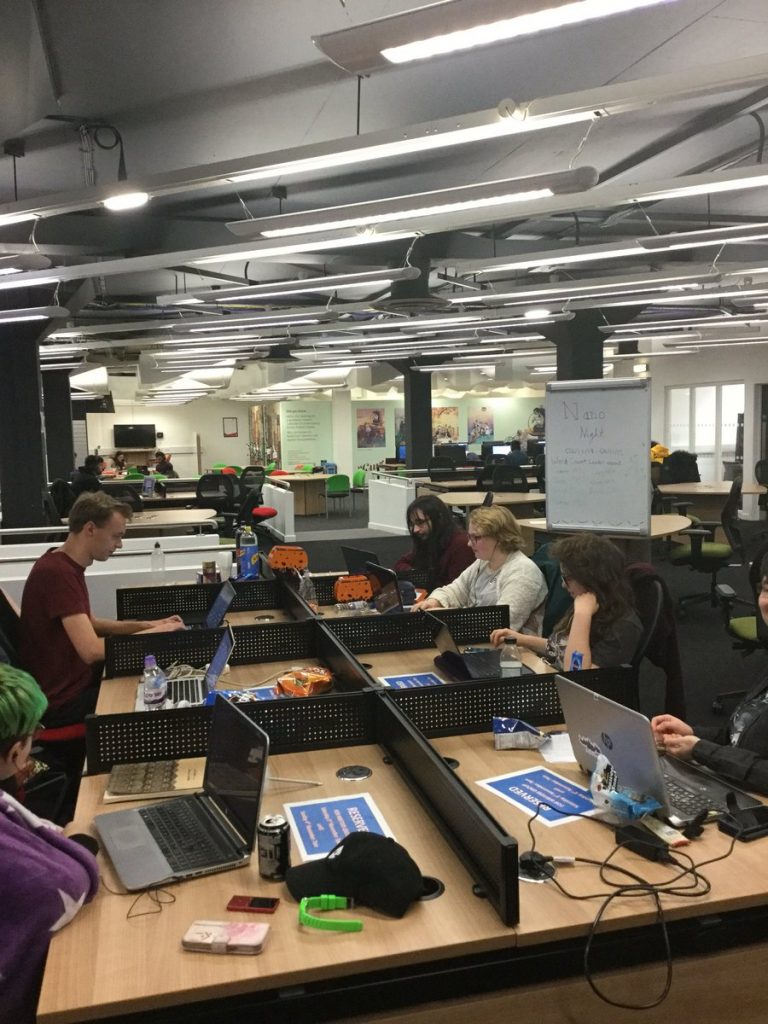 On the nights themselves, we were at the library from 7.00 a.m. until 7.00 p.m. Copious amounts of drinks and snacks were needed to support ourselves through the nights and make sure we had the energy to keep going. Library staff had been kind enough to decorate Your Space with posters and banners. We even had our own whiteboard that we used to keep track of everyone’s word counts.
On the nights themselves, we were at the library from 7.00 a.m. until 7.00 p.m. Copious amounts of drinks and snacks were needed to support ourselves through the nights and make sure we had the energy to keep going. Library staff had been kind enough to decorate Your Space with posters and banners. We even had our own whiteboard that we used to keep track of everyone’s word counts.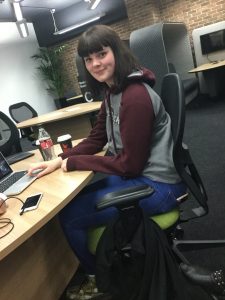

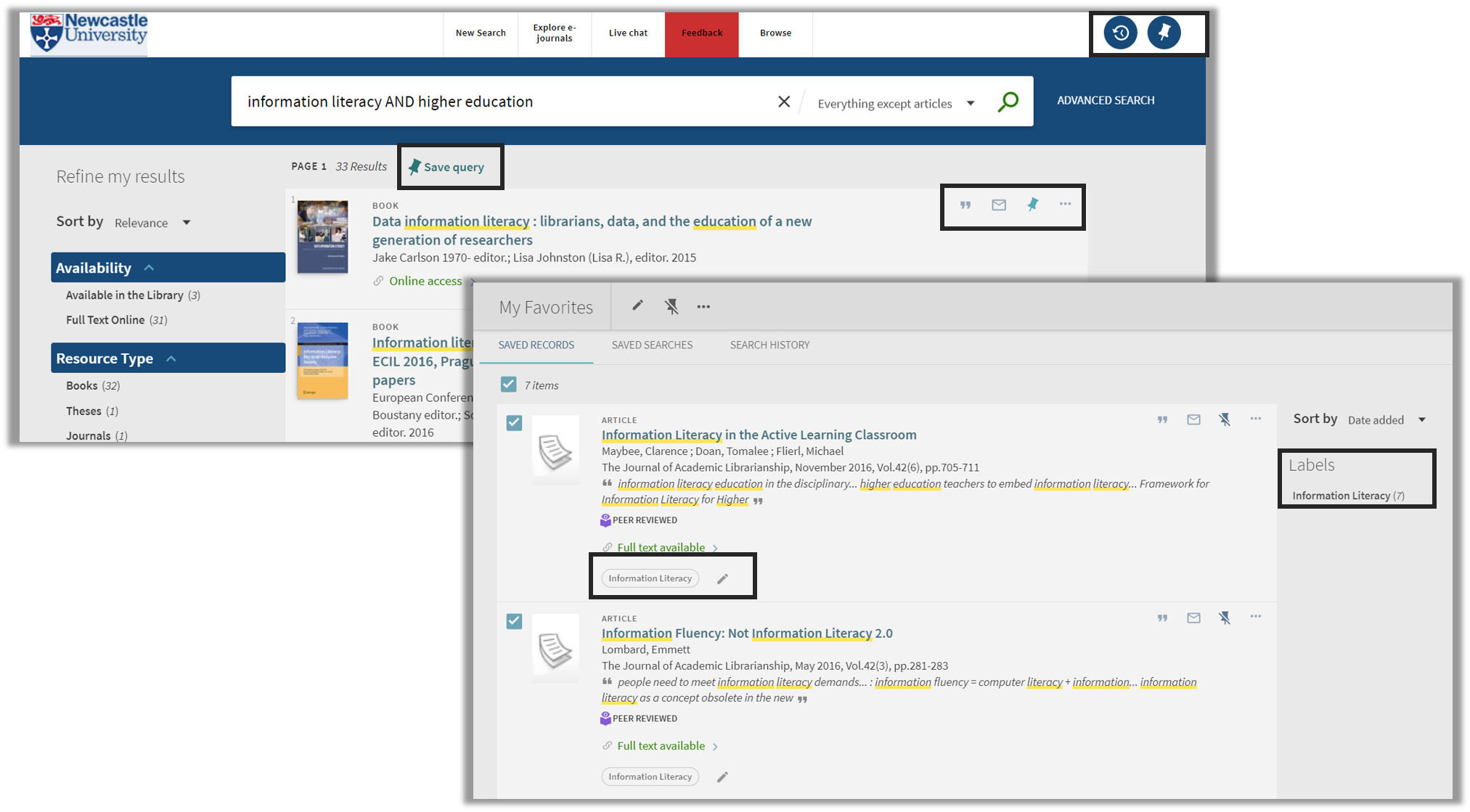
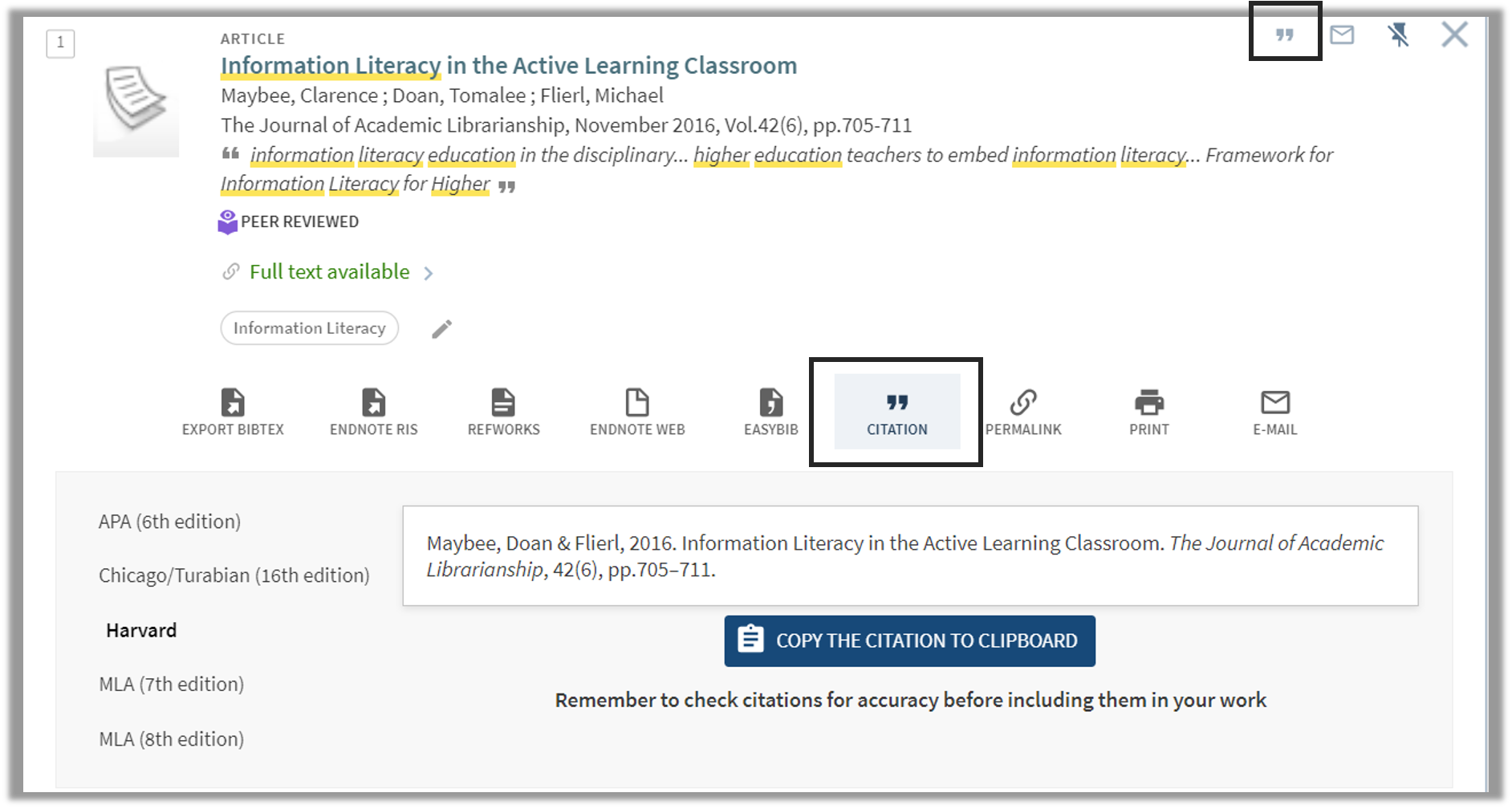
 A common mistake made in referencing is grouping all sources found online under the category and reference type of a website. Your aim should be to reference the information you have in front of you rather than where it was sourced. Simply grouping items found online as a website would be the equivalent of referencing a book by the publisher details rather than the author and title.
A common mistake made in referencing is grouping all sources found online under the category and reference type of a website. Your aim should be to reference the information you have in front of you rather than where it was sourced. Simply grouping items found online as a website would be the equivalent of referencing a book by the publisher details rather than the author and title. Harvard at Newcastle is the most frequently used referencing style and if your school does not have a preferred style, it is the the one that we would recommend. This is because there is the most comprehensive guidance available for Harvard and it is a style that can manage referencing all types of information. Whether you are referencing a book, news article, Instagram or market research, the Harvard at Newcastle style has got you covered.
Harvard at Newcastle is the most frequently used referencing style and if your school does not have a preferred style, it is the the one that we would recommend. This is because there is the most comprehensive guidance available for Harvard and it is a style that can manage referencing all types of information. Whether you are referencing a book, news article, Instagram or market research, the Harvard at Newcastle style has got you covered.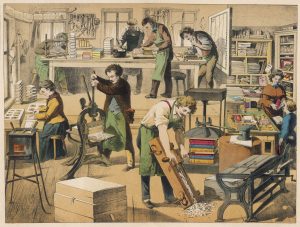
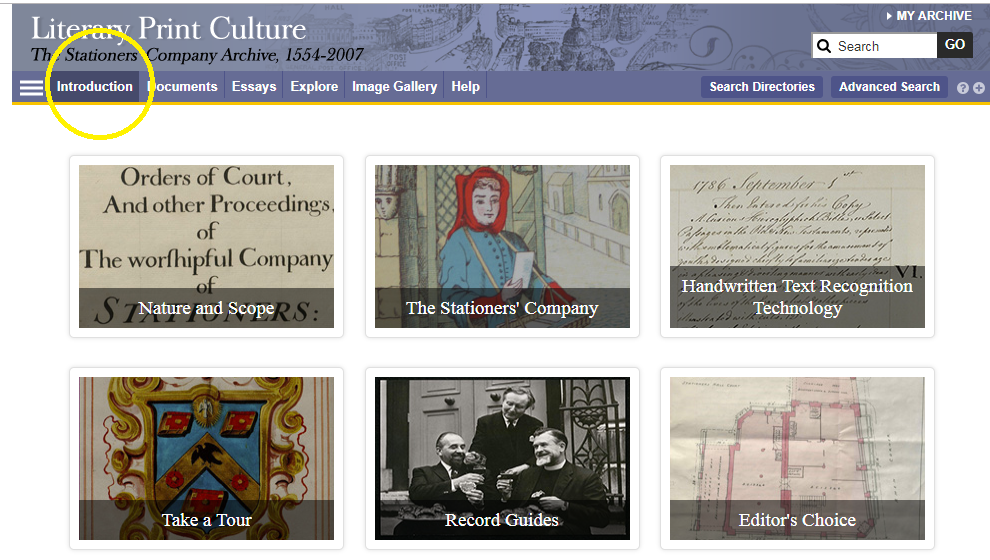
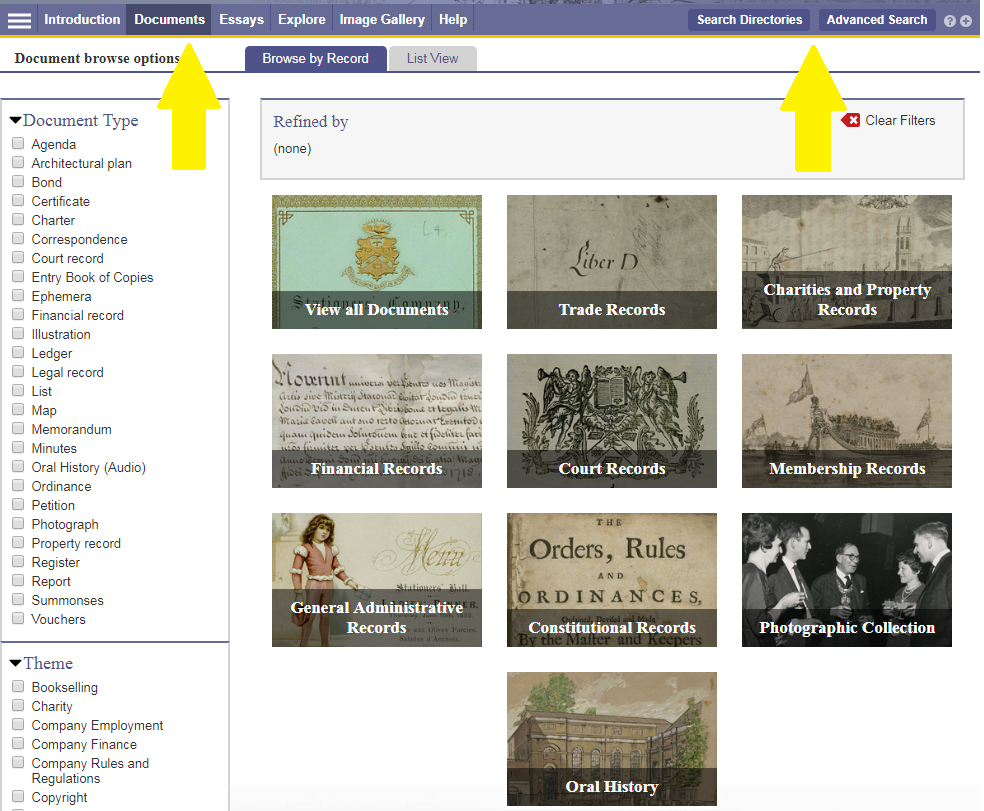 You can browse or search the archive contents by clicking Documents (to browse) or one of the two search buttons. You can filter your search in various ways, e.g. by document type, year or theme.
You can browse or search the archive contents by clicking Documents (to browse) or one of the two search buttons. You can filter your search in various ways, e.g. by document type, year or theme.